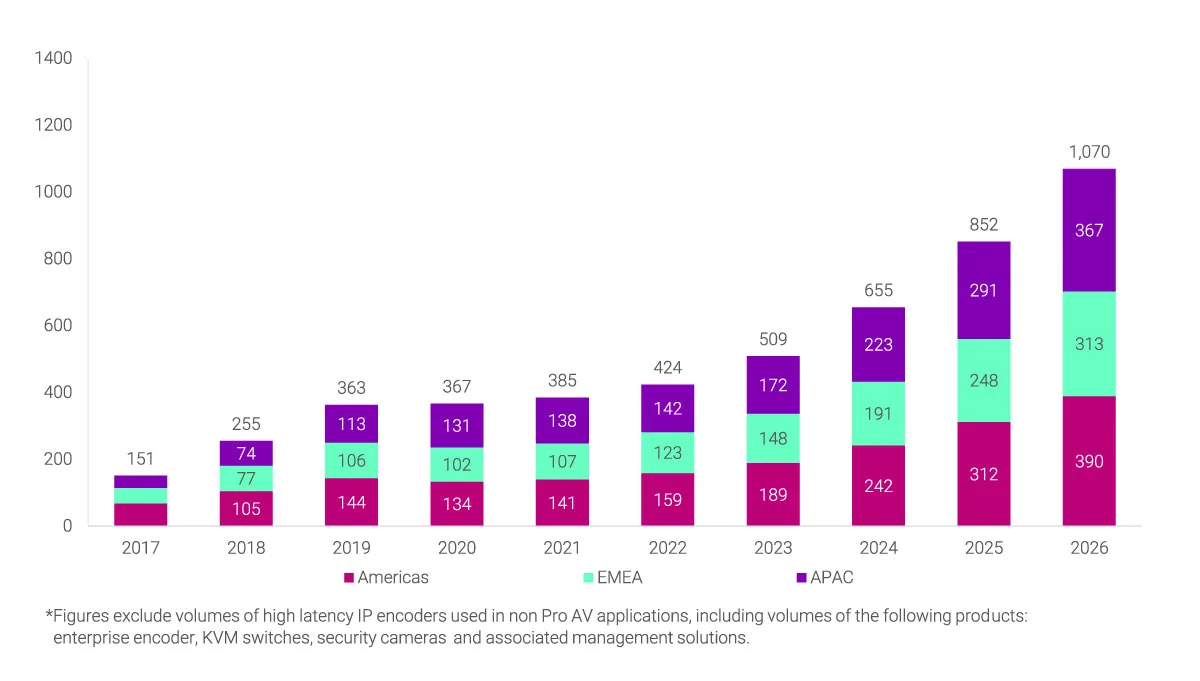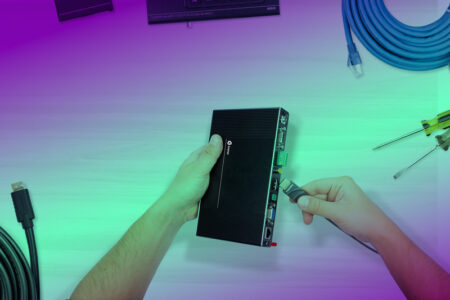3 lessons that AVoIP took from TV streaming
Nowadays, the AVoIP market of today echoes the TV market of a few years ago, and we can expect it to evolve similarly in several respects. At this point, AVoIP has comfortably moved out of the early adaption stage and is now a rapidly growing market, particularly in mature organizations and large installations in government, education, and enterprise.
This means exciting times for AVoIP, with three key lessons from the TV market that apply:
1. Traditional is good, but new technology has advantages
While traditional Pro AV will remain relevant for the foreseeable future, AVoIP has distinct advantages. These include:
- Flexibility and scalability
- Speed of deployment
- The ability to support hundreds of endpoints
- Network security
- Remote support
Plus, it doesn’t need special infrastructure, thus it reduces the total cost of ownership, especially in large installations. In addition, recently introduced standards enable more connected smart devices, cloud-based services, and mobile devices.
But however advanced and technology oriented AVoIP has become, this places an increasing demand on IT network bandwidth, requiring it to evolve to support the load from AV applications. This must be taken into consideration and planning, while deploying AVoIP.
2. Existing equipment is (just) part of the equation
Leveraging existing investments is always a consideration, but it is also important to consider the current use cases and future plans. If there is good equipment or infrastructure already in place, and the company is not looking to expand, then traditional AV can be a good choice.
Here, AVoIP can provide an advanced answer to newly built buildings, or sites that are expanding (i.e. additional buildings on a campus or new floors added to an office space). And where growth and new hybrid use cases are anticipated, AVoIP is the preferred choice due to its scalability and flexibility.
3. Both technologies will continue to co-exist
It’s not AVoIP or bust. The shift is happening, but in the enterprise Pro AV market there is room for both traditional AV and AVoIP – and there will be for many years to come.
Just like most of us watch TV on more than one platform, in many cases, both traditional AV and AVoIP will work together harmoniously, each filling their unique roles.
In conclusion: AV trends today, and AVoIP
Traditional AV still has uses, but the AV trends of transitioning to AVoIP have many advantages. For it to become the standard, AV and IT departments must change their mindset and work together to ensure the best solution is chosen for the long haul.










